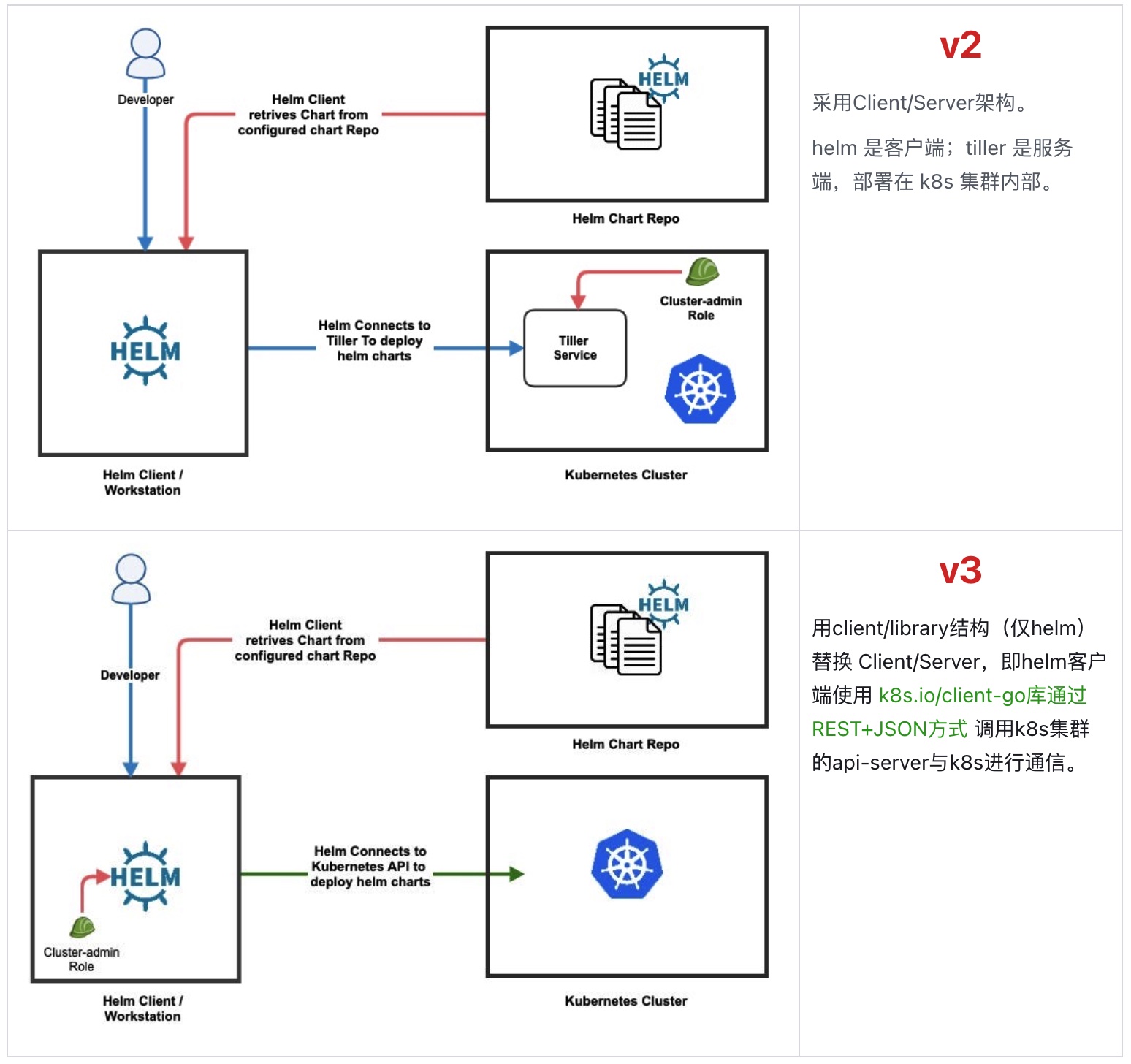Go中的hot path含义

Go中的hot path含义
ivanslihot path
在翻阅Go中sync.Once源代码的时候,在注释里面发现一个神秘的名词:hot path。
1 | // Once is an object that will perform exactly one action. |
那么,什么是hot path呢?
什么是hot path
stackoverflow上给出的回答 ¹:
热路径是非常频繁执行的一系列指令。
访问结构的第一个字段时,我们可以直接获取结构的指针以访问第一个字段。要访问其他字段,除了结构指针之外,我们还需要提供与第一个值的偏移量。
在机器代码中,此偏移量是随指令传递的附加值,对性能的影响是:CPU必须对struct指针执行偏移量的加法运算以获得要访问的值的地址。
因此,用于访问结构的第一个字段的机器代码更加紧凑和快速。
请注意,这假设字段值在内存中的布局与结构定义中的相同。
总结
通俗的讲:
- hot path是一个结构体中频繁被访问的字段(每个字段的访问对于结构体来说就是一个访问路径,同时对应cpu中的若干指令)
- 为了优化这种操作,把频繁被访问的字段作为结构体的第一个字段(好处是,
结构体的第一个字段的地址就是结构体的地址,节省了进行偏移计算的指令)
最后不得不说,对于程序开发来说,优化无处不在。可能平时大家习以为常的最优代码,从计算机底层来看并不是最优。当然,这又引出了一个问题:学好底层是多么的重要。
参考
[1] 《What does “hot path” mean in the context of sync.Once?》
https://stackoverflow.com/questions/59174176/what-does-hot-path-mean-in-the-context-of-sync-once








